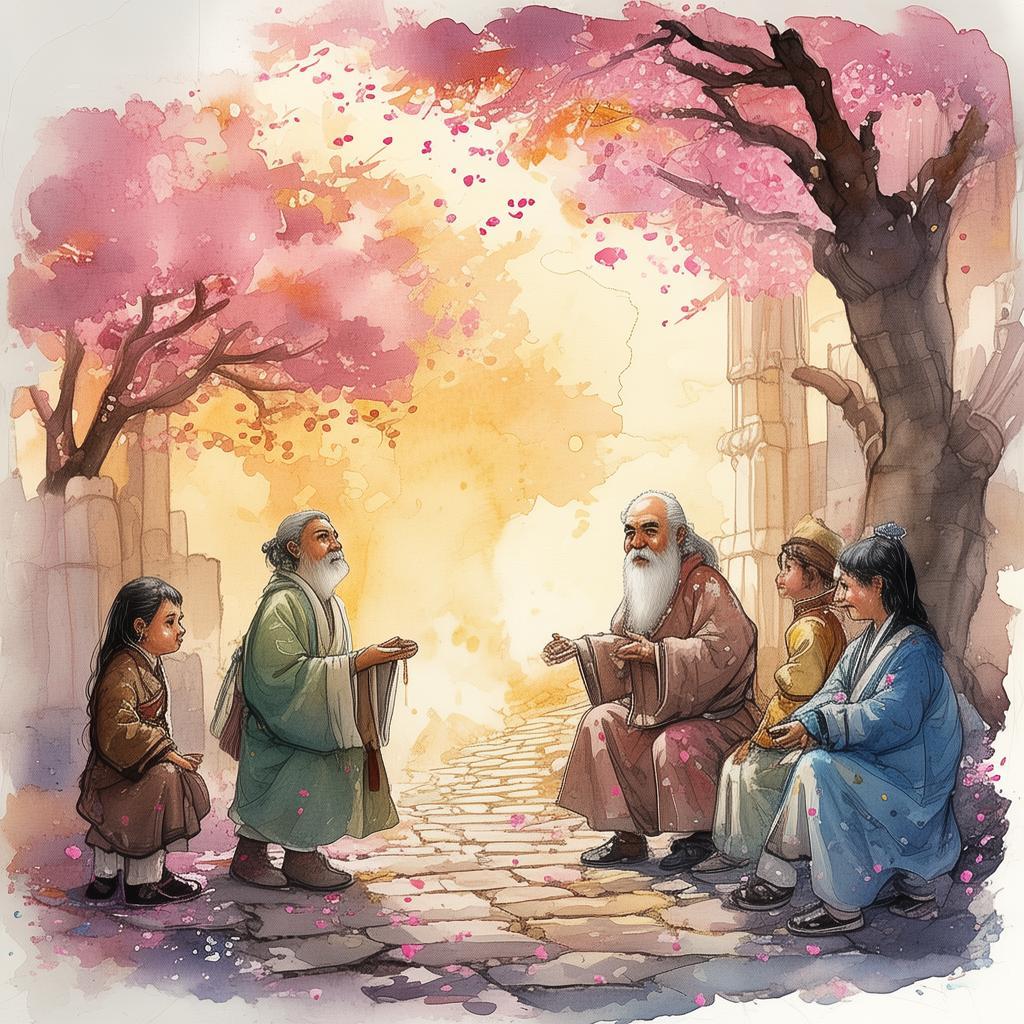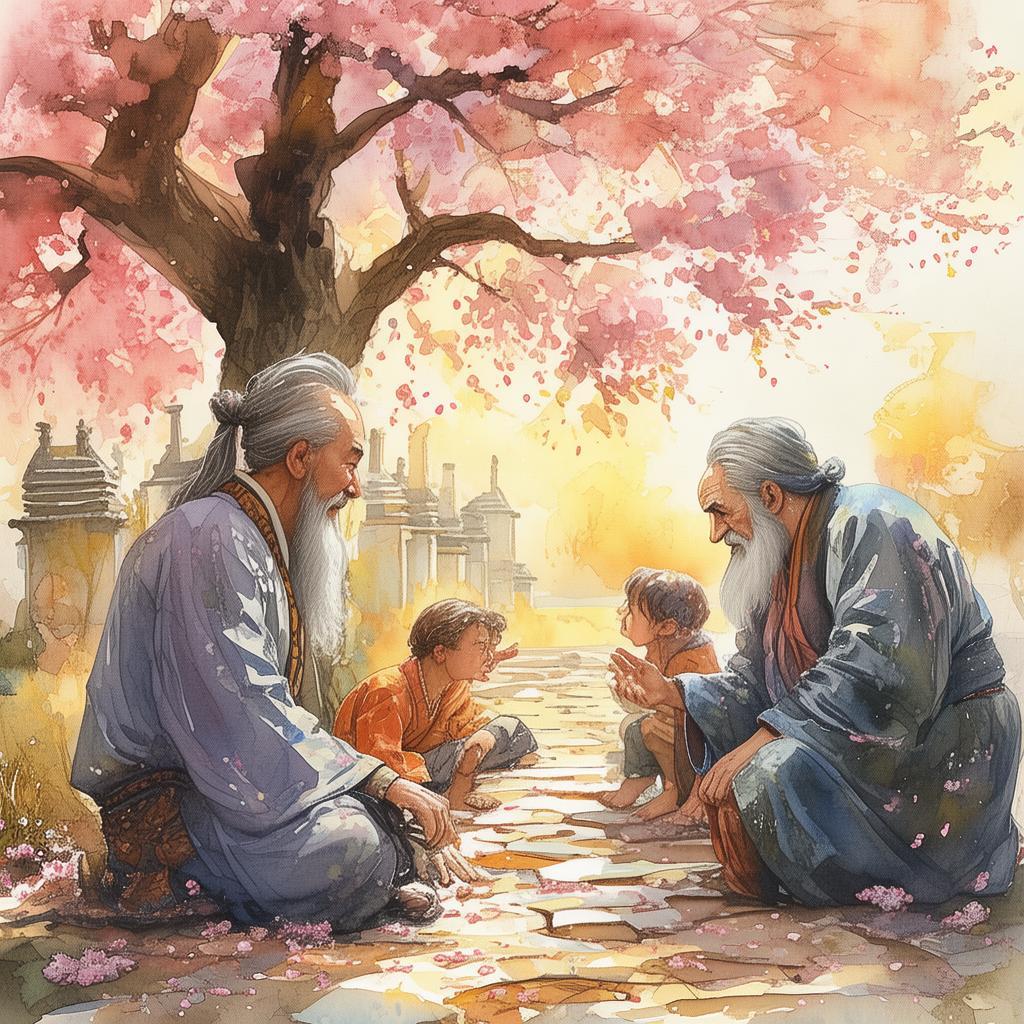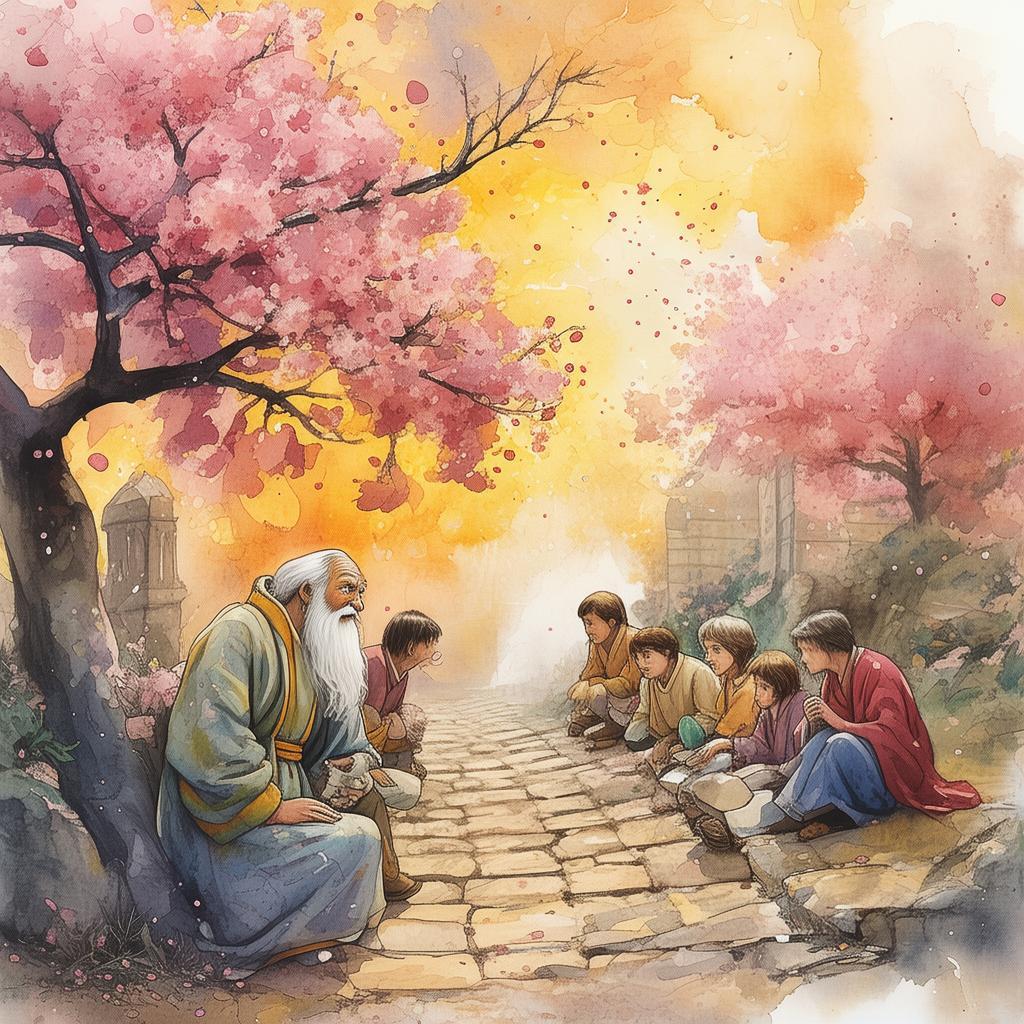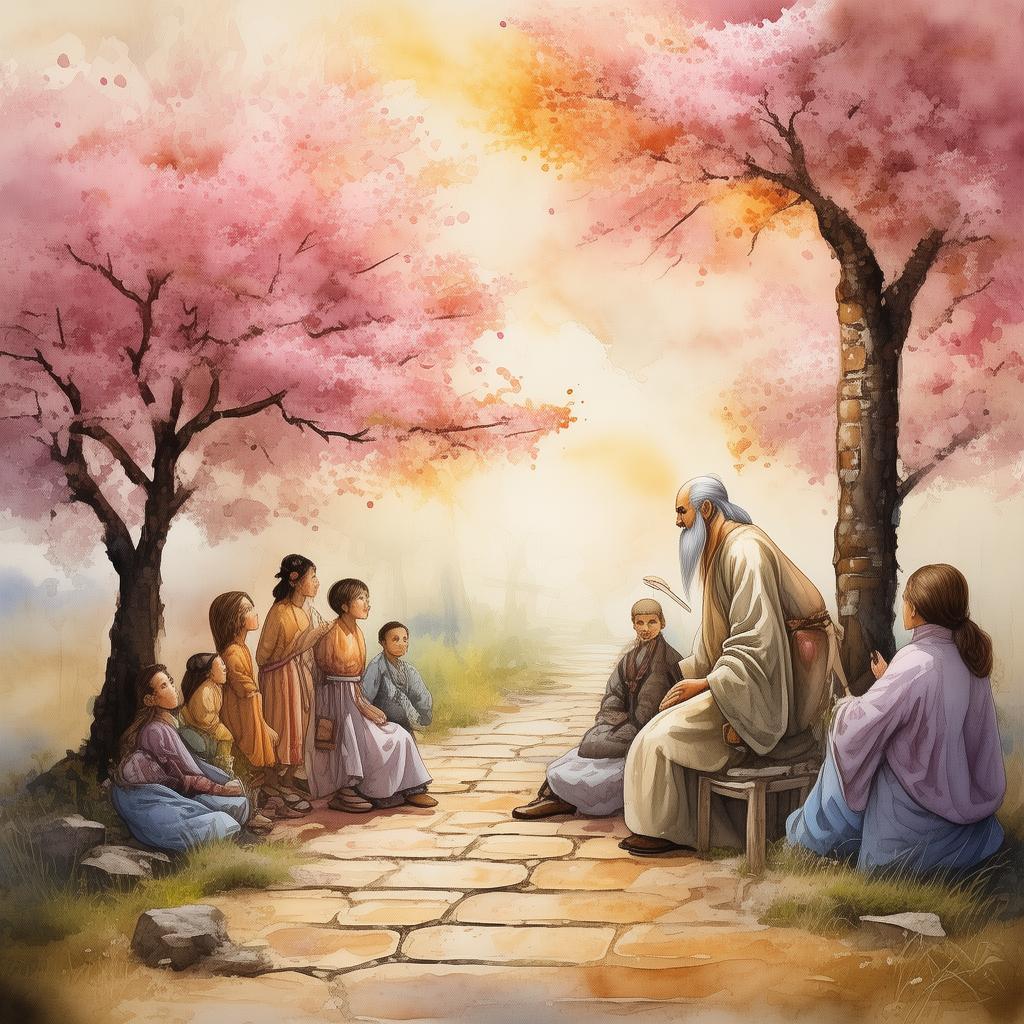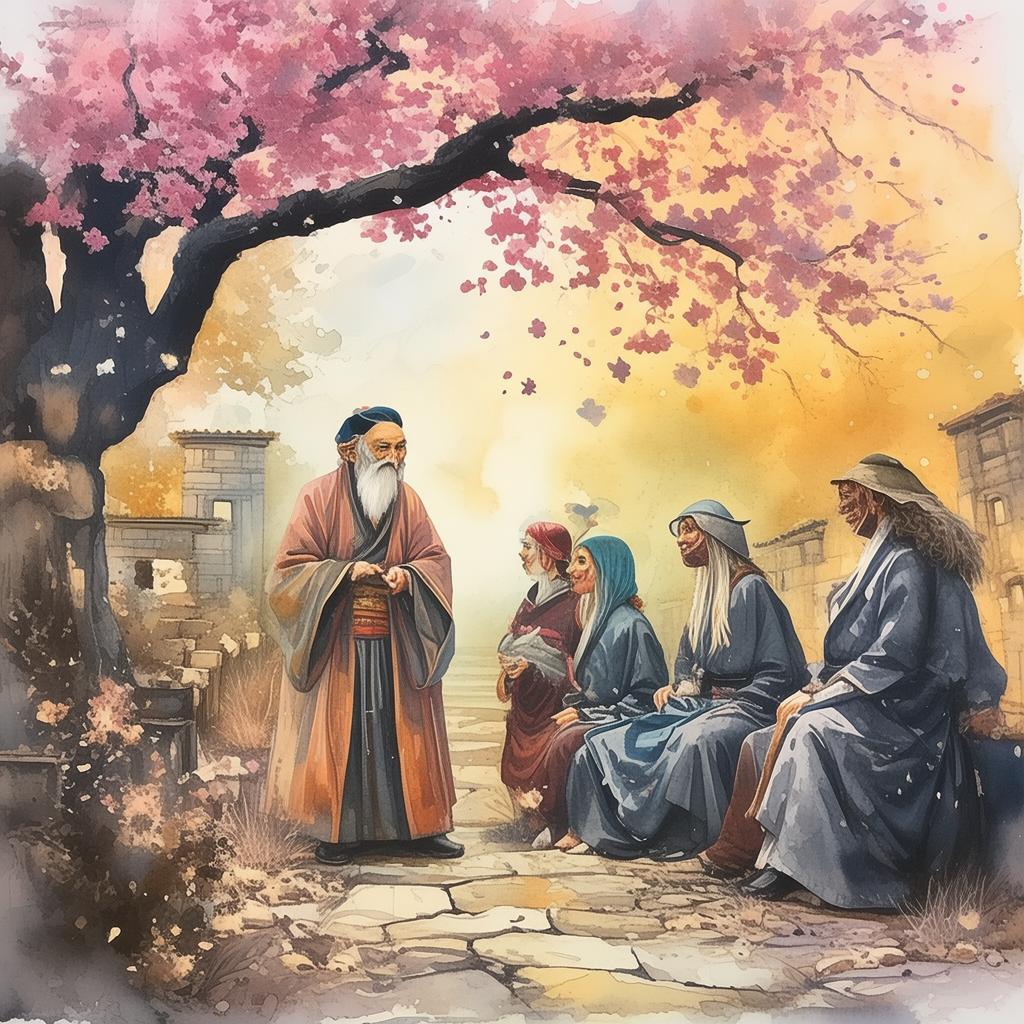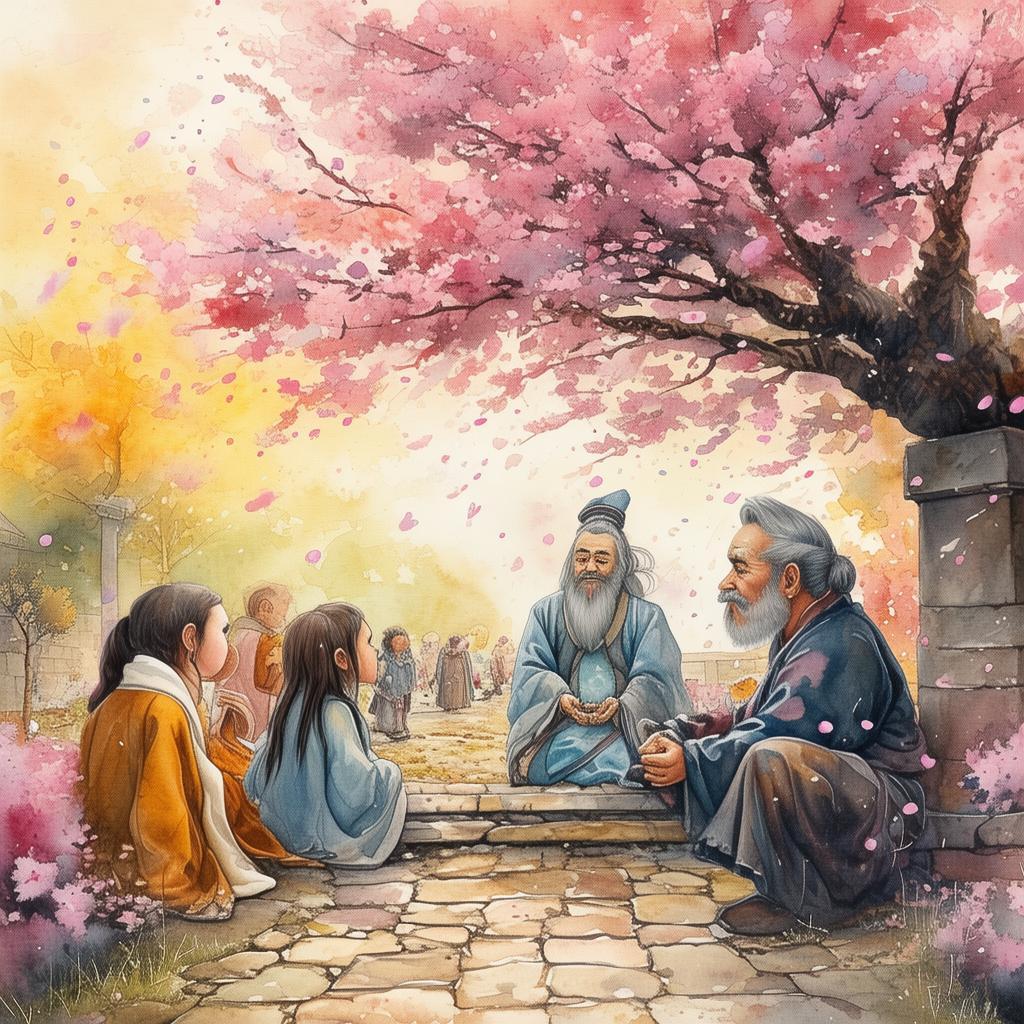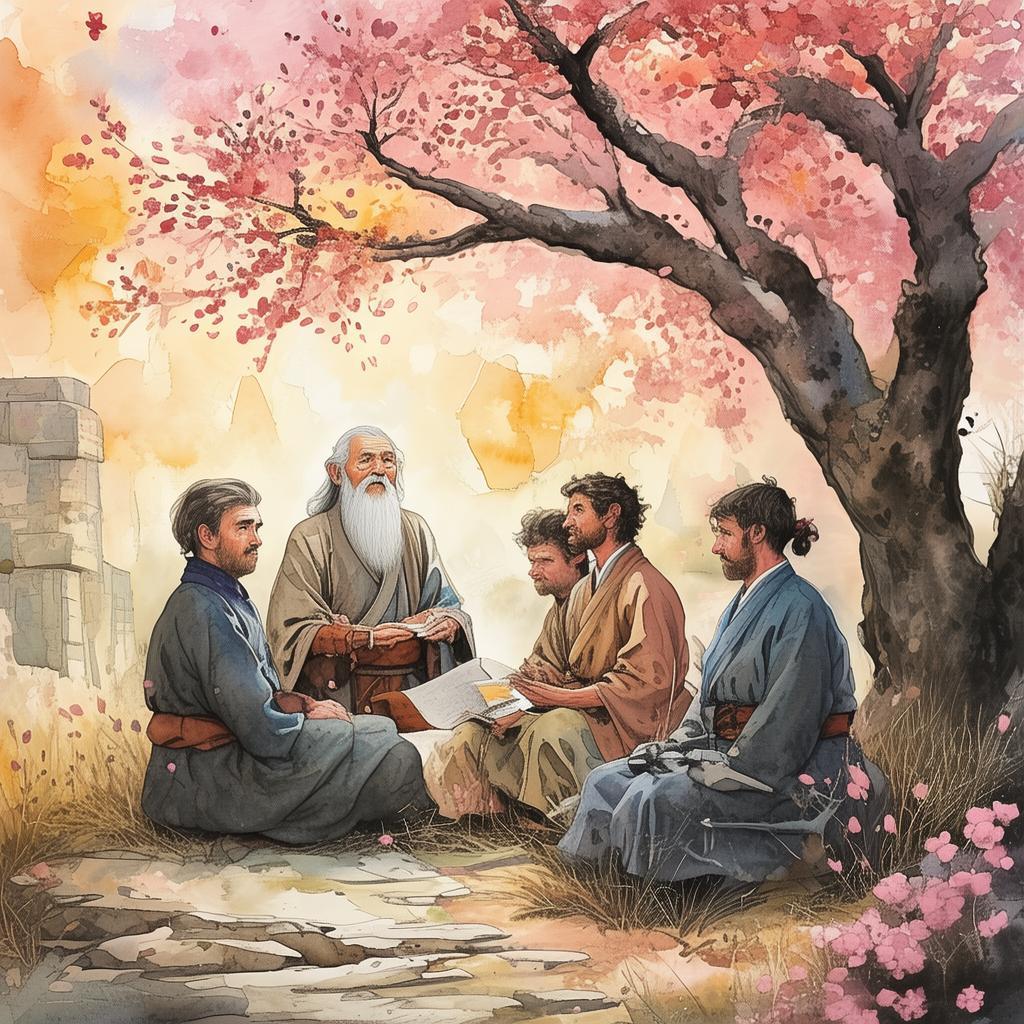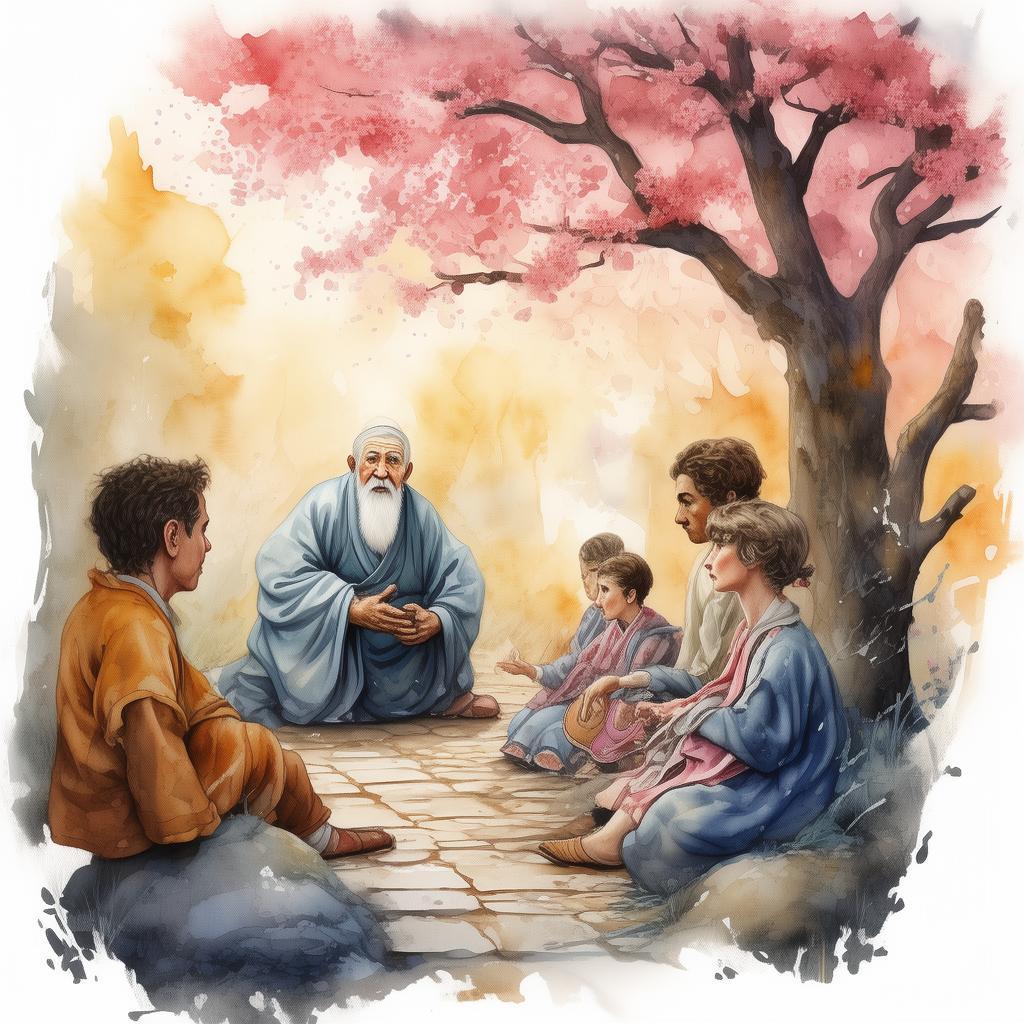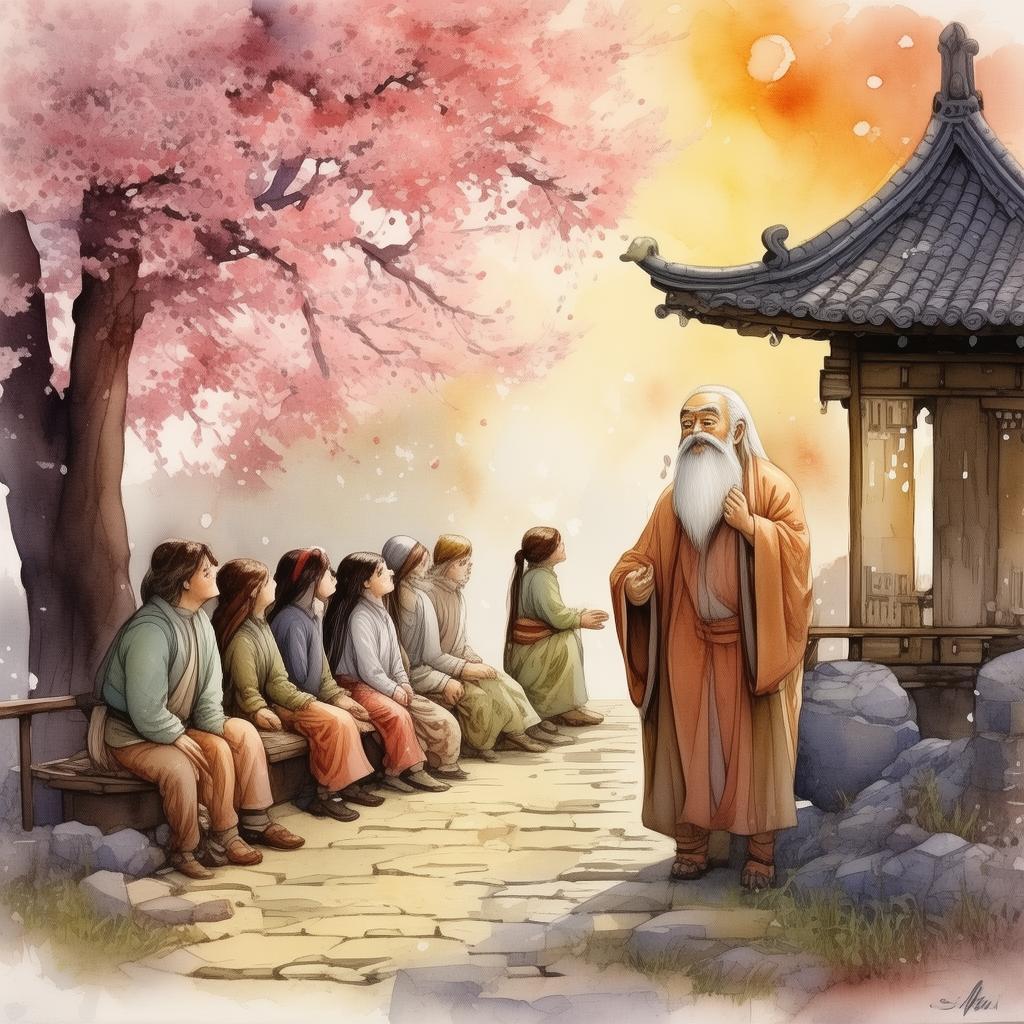The Quantum Leap: The Paradox of Destiny
In the heart of the bustling city of Shanghai, amidst the cacophony of neon lights and the hustle of daily life, lived a man named Wang Ming. By day, he was an ordinary scientist, a nameless figure in a sea of research and development. But by night, he was a dreamer, a philosopher lost in the labyrinth of quantum mechanics and the enigmatic theories of time travel.
Wang Ming's fascination with the quantum world had led him to a groundbreaking discovery—a device that could leap through time, a leap that was as mysterious as it was powerful. It was a leap that promised to rewrite the very rules of the universe. The device, known as the Quantum Quip, was the culmination of years of his life's work, a testament to his unyielding curiosity and determination.
One evening, as the moon hung low in the sky, casting an eerie glow over the city, Wang Ming found himself standing in the dimly lit laboratory. He took a deep breath, his heart pounding with anticipation. With a deft hand, he pressed the activation button, and the world around him shattered.
Wang Ming's consciousness was yanked through a vortex of swirling colors and blinding light, and he found himself in a place he had never seen before. Time seemed to flow differently here, a fluid tapestry that Wang Ming could not grasp. He wandered aimlessly, trying to understand his surroundings, until he stumbled upon a familiar sight—a laboratory identical to his own, with the same equipment and the same experiments.
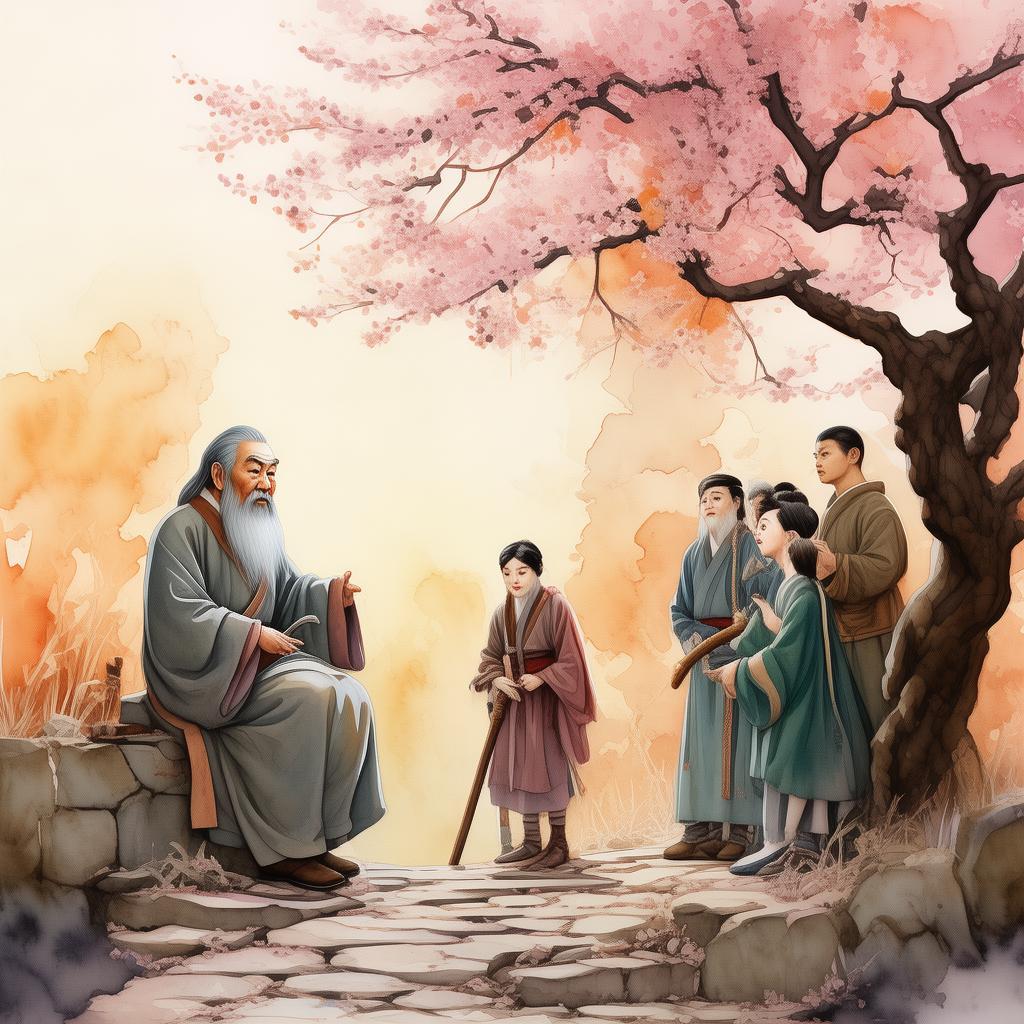
Puzzled, Wang Ming searched for an explanation, and then he noticed something extraordinary: himself, standing there, as if he had always been there. He had become a part of this paradox, a man caught in a loop of time, unable to escape the weight of his own actions.
Each leap brought him to the same point, each time a different moment in his life. He watched himself as he built the Quantum Quip, as he discovered its power, and as he activated it. Each leap was a replay, a prelude to the next, and Wang Ming was trapped in this endless cycle.
Determined to break the cycle, Wang Ming began to manipulate his actions, trying to change the course of his destiny. He tried to prevent his younger self from discovering the Quantum Quip, to alter the events that led him to this place. But each attempt only led to more loops, more paradoxes, and more repetitions.
In the depths of his despair, Wang Ming began to question the very nature of his existence. Was he destined to be stuck in this loop forever? Was his destiny as simple as the repetition of the same events? Or was there a way to break free from the constraints of time?
One evening, as he sat alone in the laboratory, a revelation struck him. The Quantum Quip was not just a device to leap through time; it was a tool to understand time itself. By accepting the loops as part of the journey, Wang Ming realized that his destiny was not predetermined, but rather shaped by his choices.
With newfound clarity, Wang Ming began to embrace the loops, using them as a means to explore the different paths his life could take. He learned to make peace with the past, to forgive himself for the mistakes he had made, and to accept the future as it unfolded.
As the days passed, Wang Ming found himself no longer a prisoner of time but a master of it. He began to use the Quantum Quip to leap through different timelines, to witness the events that had shaped the world and the people around him. He became a guide, a mentor, a friend, and a stranger to the many versions of himself.
The Quantum Quip had not only granted Wang Ming the ability to leap through time but had also given him a glimpse into the interconnectedness of all existence. He realized that his destiny was not a singular path but a tapestry woven from countless threads of choice and consequence.
In the end, Wang Ming learned that the Quantum Quip was not a tool of escape but a mirror, reflecting the complexity of his own being and the infinite possibilities that lay beyond the bounds of time. And with this understanding, he found peace, for he had come to accept that his destiny was not fixed, but fluid, shaped by the very essence of his being.
As the final loop of time came to a close, Wang Ming found himself back in his own laboratory, the Quantum Quip lying dormant. He smiled, knowing that his journey was far from over. He had learned the true meaning of destiny, not as a fixed point in the future, but as a continuous dance of choices and consequences.
The Quantum Leap: The Paradox of Destiny was a story of discovery, of self-acceptance, and of the boundless potential that lay within each of us. It was a tale that spoke to the heart of human existence, reminding us that our destinies are not predestined but written in the very fabric of our choices and actions.
✨ Original Statement ✨
All articles published on this website (including but not limited to text, images, videos, and other content) are original or authorized for reposting and are protected by relevant laws. Without the explicit written permission of this website, no individual or organization may copy, modify, repost, or use the content for commercial purposes.
If you need to quote or cooperate, please contact this site for authorization. We reserve the right to pursue legal responsibility for any unauthorized use.
Hereby declared.
